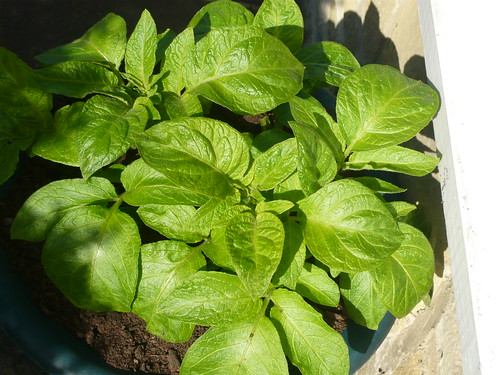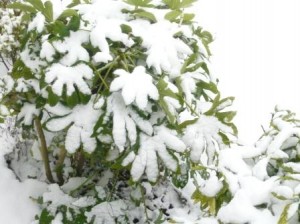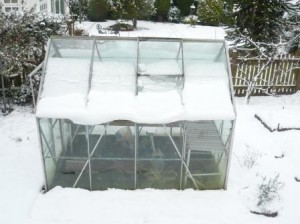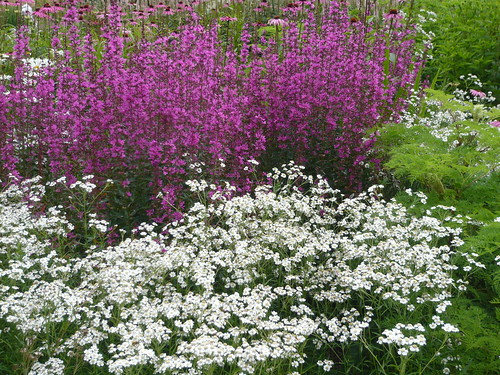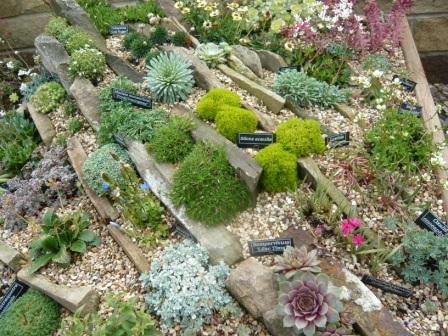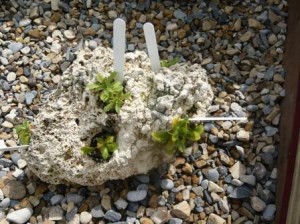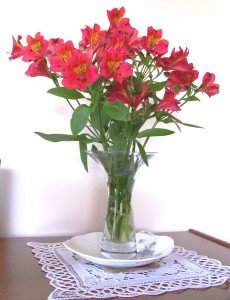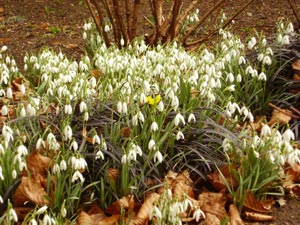Spring Cleaning Your Garden
It may be boring but what better way to set off your garden than by getting everything neat, tidy, sorted, spick and span. A tidy area will draw attention to the garden and plants not the bits that are out of place, dirty or untidy. Here are my top ten tips.
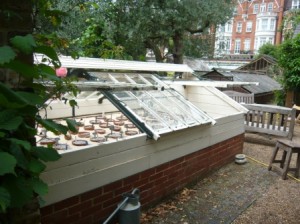
Top Ten Tips to Spruce up Your Garden
- Clean your paths, pavings and slabs. Make them look bright and new with a pressure washer or scrub them with Swarfega Path and Patio cleaner or equivalent. If stepping stones have sunk below soil height raise them so soil isn’t easily washed on to them. Clean glass in cold frames and greenhouses.
- Remove any weeds growing in cracks and give all hard surfaces a good brush.
- Trim the edges of Lawns, it is one of the most effective face lifts for the green parts of your garden.
- Stain or repaint any wood decking, furniture of visible structures. You can go as far as spray painting support canes for your runner beans though hopefully they will grow and cover them very quickly.
- Keep empty or non-flowering pots and containers away from important areas until they are at there best. Then move them into position for the duration. Pots need to be clean to look good. …

